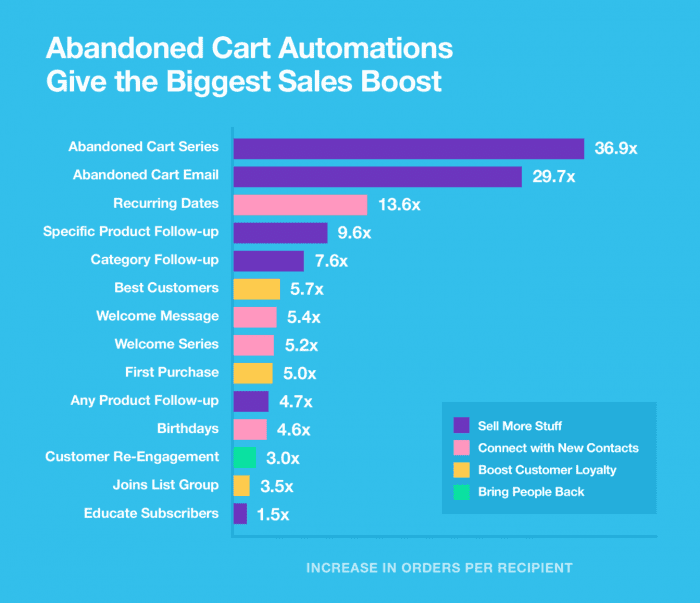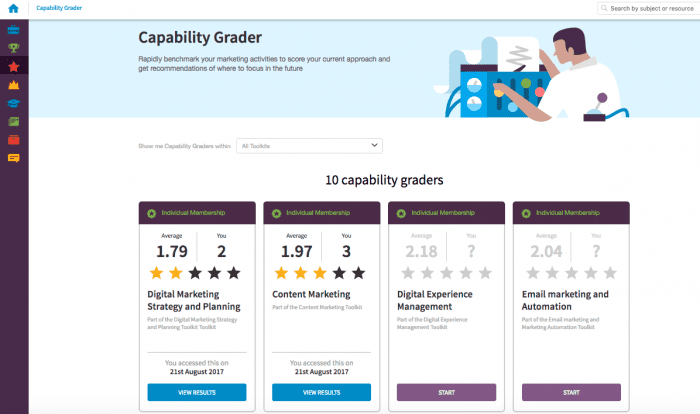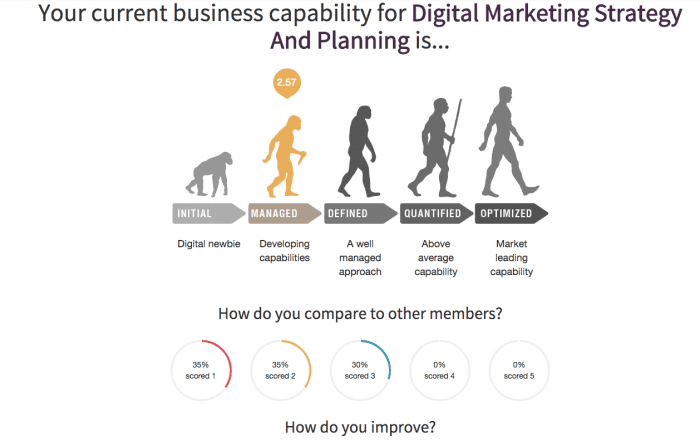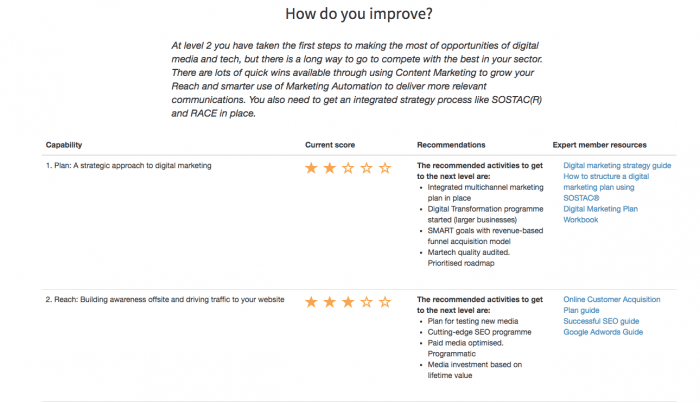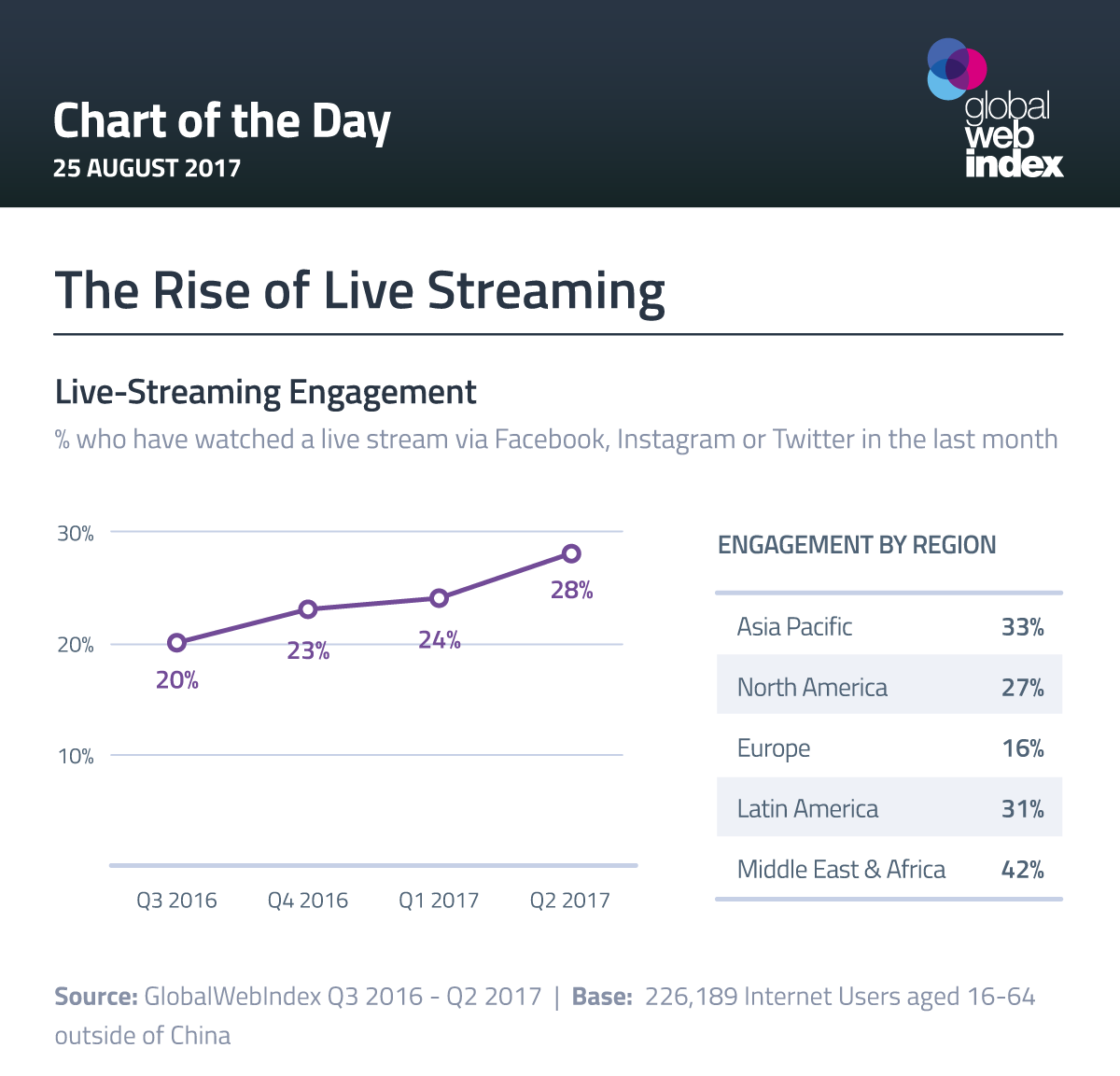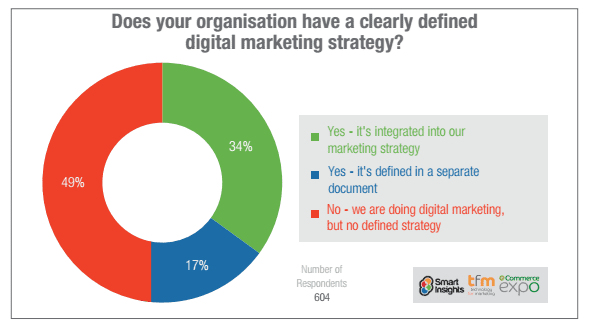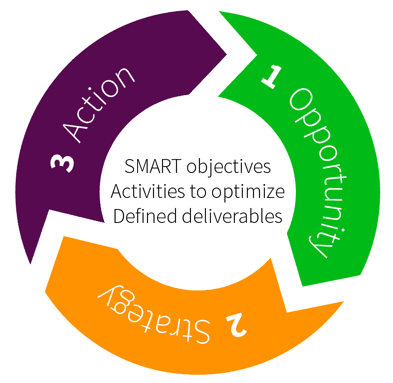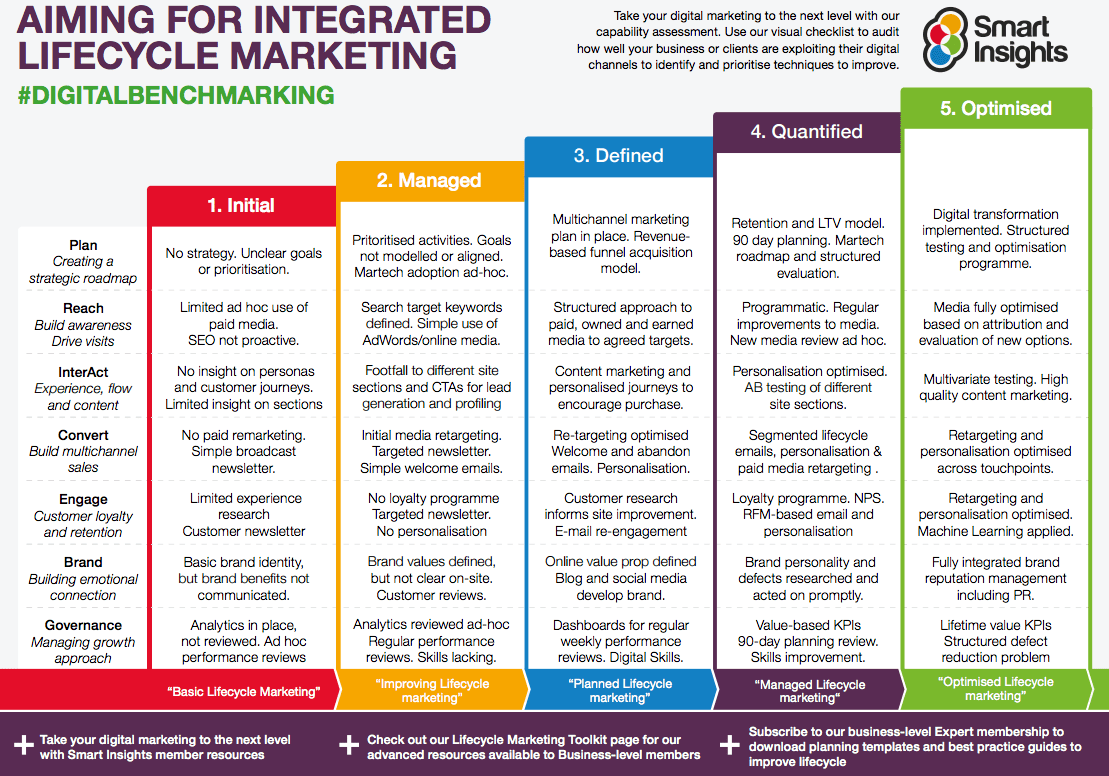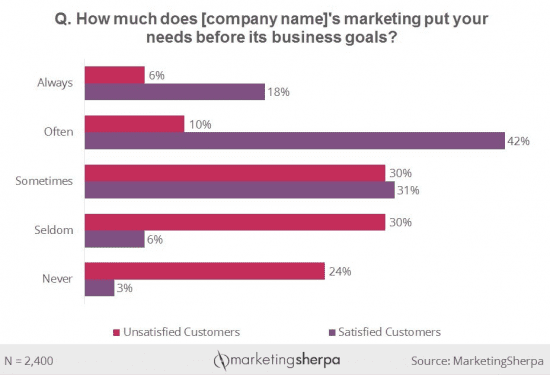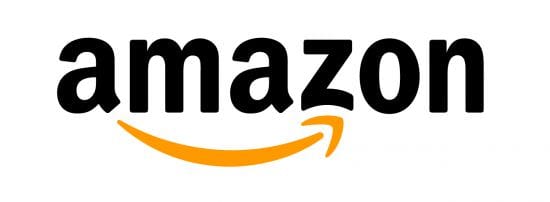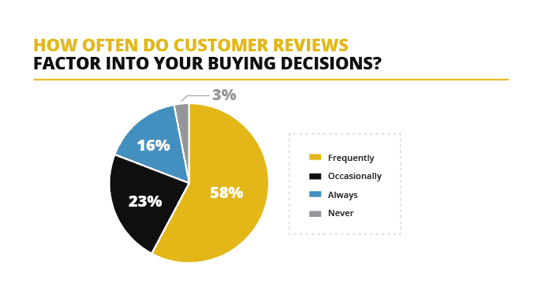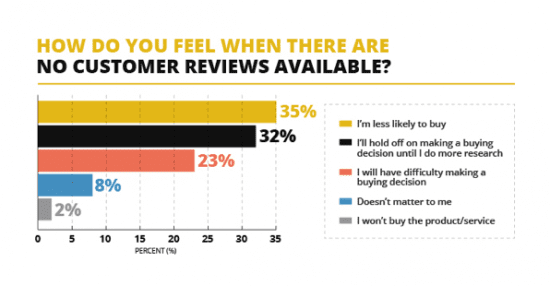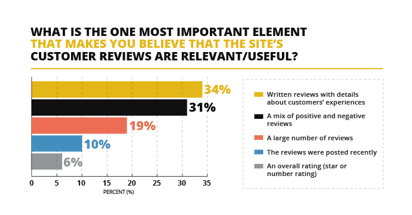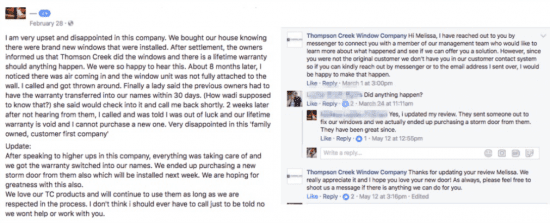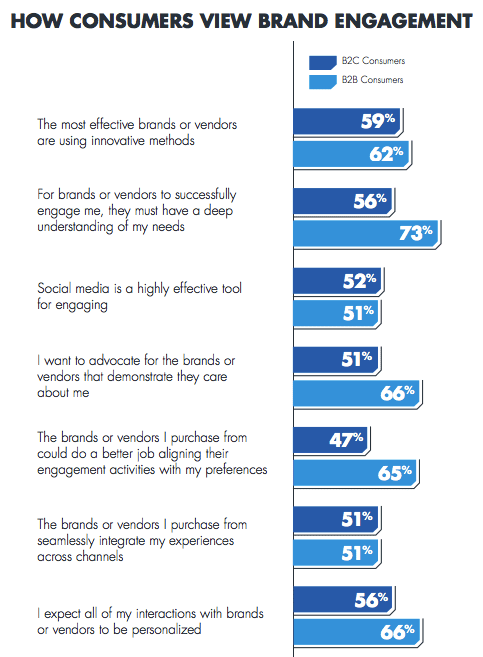6 top tips for creating a strategic social video on a budget
It only takes one train journey or a merry stroll through our towns to notice people of all demographics are glued to their phones. Much of the content they’re consuming is video and not just any video but mobile first video on social channels.
In the marketing world, whenever video is mentioned there is a misconception that it’s budget breaking and therefore it’s overlooked in favour of less engaging formats. However, there are a number of cost saving hacks, which can be applied at different stages of the marketing funnel. These range from the use of phone footage and user generated content (UGC) through to ad spend and obtaining efficiencies through effective targeting. With that in mind, let’s explore how to incorporate video into your social strategies, even on a small budget in order to meet your objectives.
Download our updated premium member’s resource- Facebook Advertising Guide
A practical guide to the opportunities that exist for advertising on Facebook. This guide will update you with all the latest changes and give you practical advice on setting up and optimising your Facebook ads to get the best possible results.
Access the Facebook Advertising Guide
One thing to remember is that a good idea always wins. This doesn’t mean you have to be the new Cecil B. DeMille producing epic pieces of content for social channels. It’s important to deliver content that reaches the right audience, resonates with it and encourages a high-value action.
1. Use real people as your hero content
Hero content is usually an advert or branded content. It aims to increase brand awareness amongst the masses and will likely have the highest production budget.
It’s a myth that animation is, as a rule, cheaper than filming, but animation must be very strong to be a hero piece of content. If you have lower budgets, then filming a real person may be your cheapest and most effective option. Real people can also warm up brands in industries such as finance or insurance.
However, whilst real people are cheaper than actors, don’t expect them to be actors! Real customers can speak in the first person about your brand and can share authentic experiences but remember that you won’t be able to dictate or 100% predict their answers. So, writing interview questions to trigger and steer their answers is key. Spend time at the preparation stage making sure you get the best out of your contributors. Pick locations and topics that they are comfortable with. You will still need to cast for appropriate customers. Just because someone has written a great feedback email, it doesn’t mean they will express themselves well on camera.
2. Shoot on your phone for hub content
Hub content usually comprises industry or thought leadership insights. It aims to engage audiences in the discovery phase with regularly scheduled video releases.
Are you vlogging at industry events? Are you asking thought leaders and experts for insights when you bump into them at those networking events? Are you doing market research, asking the public what they think of industries/ issues/ topics? You can do these on your phone, just watch some vlogs online and practise! Consider the balance between the value of your content quality and the financial value of your production spend. If the content is strong enough, then production spend can be lower. Understanding this equilibrium is essential for you to be able to make cost savings.
3. Consider user generated content (UGC) as hygiene content
Hygiene content is your ‘always on’ content. It sits further down the marketing funnel and retains your audience rather than attracts a new audience. It typically has the lowest production budget
You may have to incentivise your community offline to do this. But for the sake of offering vouchers or discounts, the value of authentic content often far outweighs this expense. If you have customers who are geographically widespread, UGC can offer an easy way to gather content from customers in more obscure areas where travel and accommodation expenses make it impractical to shoot. But do be aware that if you are asking for product reviews or similar and you are incentivising, you may have to declare this if you are using it for advertising. With UGC, it’s important to be prescriptive with your brief. Provide clear guidelines for submissions including whether you want your videos to be horizontal or vertical, with or without background music, whether you want your contributor holding the phone or propping it up in front of them etc.
4. Identify economies of scale
There is an argument that production value reflects the quality of your product / service. This is partly true. In terms of allocation of production budget, you should spend more on your hero content than on your hygiene content, but with regards to output, you should be creating a blend of all three types of content to ensure your customer’s journey to purchase is seamless.
High end, luxury brands are not exempt and should still be creating hygiene content that can (assuming it doesn’t breach brand guidelines) be of a lower production value, providing that they aren’t leading with it.
When planning your content, it’s important to look at your strategy in its entirety and not just your video strategy in isolation. You will be able to identify and apply cost saving measures if you take a holistic approach to planning content and avoid working in silos.
For example, you may be able to film your hero, hub and hygiene content all in one go if your hub content will be excerpts from the hero video or quick vox pops filmed on a phone in your breaks and your hygiene content is a behind the scenes video or a trailer/ teaser.
You could perhaps take photos of the actors or customers you are using on the day of your video shoot so that you can create a bespoke landing page for when someone clicks through from your video to create a seamless journey for your customer. Or if you are engaging display advertising, you could shoot still or moving images in specific formats to suit your chosen ad units.
If gathering all of these assets over one shoot is too much to manage personally, then consider hiring an additional cameraman. The cost of one extra person on the day will be far cheaper than an additional shoot day and time spent organizing diaries.
5. Allocate your media spend at the outset
A good rule of thumb for budgeting creative is to use the old methodology of 80% of your budget should go on media and 20% on creative. This still stands true today. Before organic reach diminished, social media practitioners were not concerned by ‘media’. This led to increased content budgets and practically zero media spend for a lot of companies. As algorithms changed, platforms have begun to monetise their propositions and we now see a necessity for paid media on social channels.
Make sure you include media spend when you budget your video project or you may find you have to allocate more funds when you come to delivery.
6. Make sure the right people are seeing your content
When it comes to targeting, a common mistake is either going too broad or too narrow, with an audience. Even though targeting on social channels is getting better, it’s not perfect and if you target too broadly then your message is unlikely to resonate with the intended audience. Are 15 million people really interested in your product or service?
Conversely, if you go too narrow you will find CPM’s (cost per mille/ 1000 impressions) increase dramatically and the effectiveness of your campaign will diminish. At Jellyfish, we plan to reach a maximum of 70% of any given target audience on social and utilize reach and frequency tools, where appropriate, to drive awareness.
It’s also important to match the format with the campaign objective. If you’re trying to drive conversions, then utilizing video may not be the best way to go. Video is best used to drive top funnel metrics and can help tell a brand story. The more advanced strategies out there involve sequenced messaging, which essentially retargets engaged users of a video with another piece of content.
Put simply, understand your audience. Make sure that if you are creating content for an audience in the US for example, that your planned launch time suits that time zone. Take a look at your analytics and see when your target audience is most engaged with your content and plan your launches around that.
As mentioned above, a good idea always wins and with the power of media behind your efforts you do not necessarily need to create a video for every day, or even week. Focus on delivering quality content that is cost effective to make but excites your audience.
Thanks to Greg Allum for sharing advice and opinions in this post. Greg is Head of Social with
Jellyfish. Greg challenges brands and leads high performing teams to deliver compelling visions through content storytelling, using social media effectively and engaging in purposeful conversations with audiences. You can follow him on
Twitter or connect on
LinkedIn.
Thanks to Abigail Howson for sharing advice and opinions in this post. Abigail is Head of Video at
JellyFish. Abigail works with brands to develop cross-platform video strategies that focus on creating seamless customer journeys through engaging content at each stage of brand consideration. She manages a talented in-house team covering production and graphics. You can connect with her on
LinkedIn.
source
http://www.smartinsights.com/digital-marketing-platforms/video-marketing/create-social-video-doesnt-break-bank/
